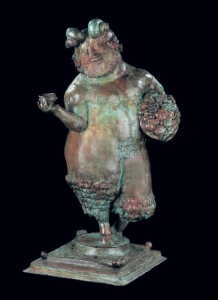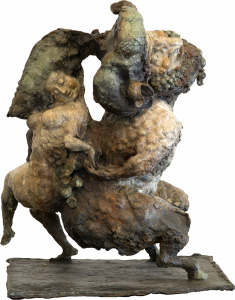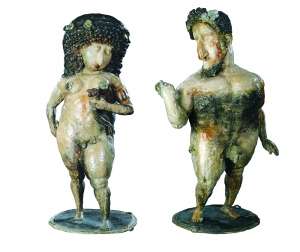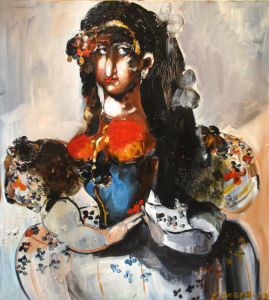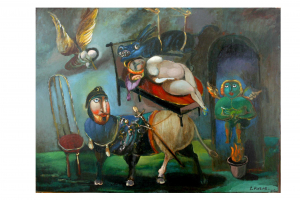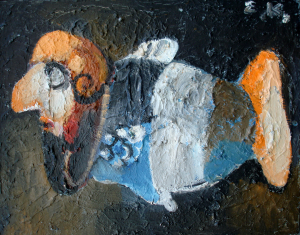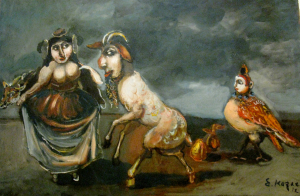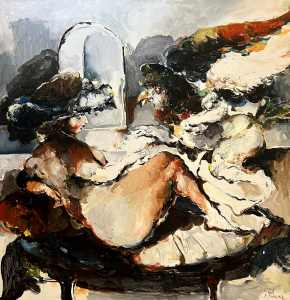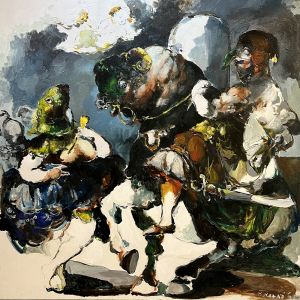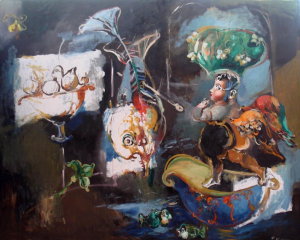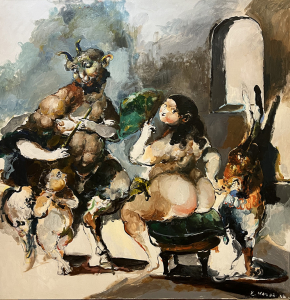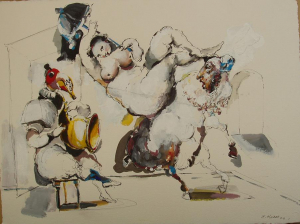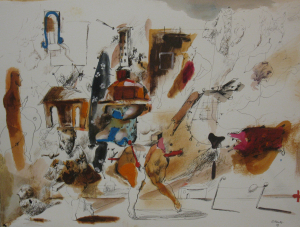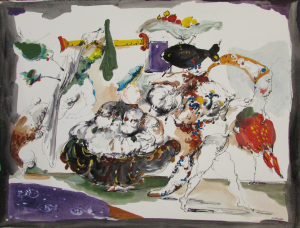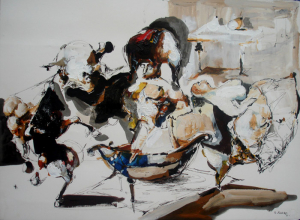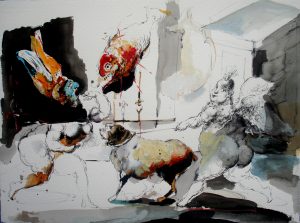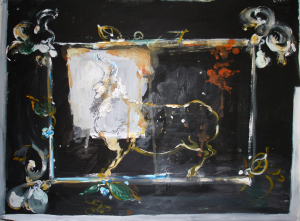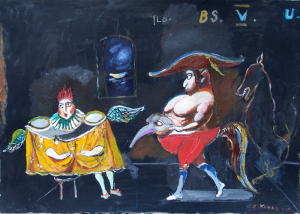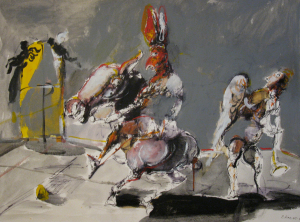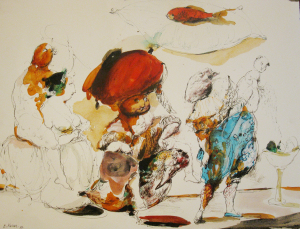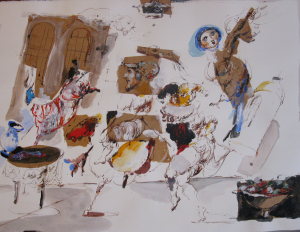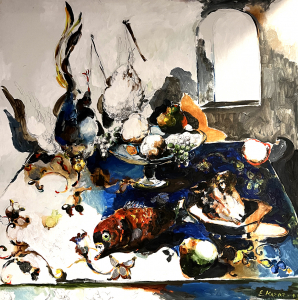
EMIL KAZAZ
1953 Born in Gyumri, Armenia
1965-1968 Studied at Merkurov Art School, Gyumri, Armenia
1968-1972 Studied at Panos Terlemezian Arts College, Yerevan, Armenia
1980 Emil and his family moved to Los Angeles, California, where he lives and works till now
1995 Roslin Art Gallery, Glendale, CA
1998 Downey Museum of Art, Downey
2000 Levernissage Gallery, Carmel, CA
2002 Michael Levy Gallery, Long Beach
2003 Forest Lawn Museum, Glendale, CA
2005 Mooradian Fine Art, Los Angeles, CA
2006 Museum Of Contemporary Art, Yerevan, Armenia
2007 Orangerie Du Luxemburg, Paris, France
2008 Emil Kazaz Exhibition in Modern Art Museum of Yerevan Yerevan, Armenia
2009 International Fine Art Fair, Pasadena, CA
2010 Representing the catalogue “New Masterpieces of Arame Gallery” Yerevan, Armenia
2012 ,Grand Opening of new branch of Arame Gallery Yerevan, Armenia
2016 Representing the book ”Art Beyond Time” Yerevan, Armenia
2019 Grand Opening Group Show in Mooradian Gallery Los Angeles , USA
Since 1968 constant participant of Republican and International exhibitions and International Art Fairs.
His works are displayed at Modern Art Museum of Armenia, Museum of National Architecture and Urban Life (Gyumri, Armenia) and in private collections in USA, Germany, France, Switzerland and Russia.
Winner of Premio Grande, Lorenzo il Magnifico (Medici) prize in Sculpture from Florence Biennale 2007.
Armenian born artist Emil Kazaz creates mythological grounded figures within a realm of half-light. His themes are a blend of sensual mysticism and provocative introspection –beauty, love and valor prevail. Kazaz's characters are original, acutely observed, and marvelously refreshing –especially considering how well worn this territory is. Although often obscured by the appearance of conformity to western classical figurative tradition, his sophisticated and culturally diverse aesthetic psychology produces a living rather than mummified iconography, not from frozen in time but archetype dancing to our collective internal rhythms. Once you recognize his anti-formal dances, the classicism becomes transparent.
Kazaz straddles the creative philosophies of two world cultures, East and West, bodies in constant flux. He twists conventions together. Iridescent Arabic manuscript illuminations romp with Western compositional restraints emotion and color, confronting line and form. These myth shrouded figures push us around, disturb our choices and decisions, without slick faddism. They attach themselves to something deep within each of us, and, like cartographers, provide maps for our humanity.
Early on, Kazaz abandoned the stiff realist paradise of his academic Soviet-styled Art School training, as well as the West's formalized penchant for abstraction and conceptualism. He sees both systems as obsolete and not helpful to the human catharsis within society. He also disclaims any connections to the self-centered political appropriateness advocated by much of today's criticism.
To paraphrase the poet John Dryden, Art is the "image of nature". All theories of Art have made some allowance for both terms: image, a thing in itself, a construct; and nature, what the Art addresses or imitates. Kazaz imitates nothing and creates everything, leaving nothing to chance. In his work, nature is more ontological than semantic. He moves people from the center of the contemporary universe and reconnects them to metaphysics of our collective past. Pushing the viewer into a thoroughly personal macrocosm, Kazaz does not subordinate his mythic and "supernatural" beings to anything. Not the fuming of a malevolent Old Testament God or the god haunted demiurge of Greek thought. His characters and situations exist in their present, always trying to meddle with their destiny, and like the adventurers of Homer, moving through unreal worlds of appearances where nothing is what it seems.
Kazaz's approach to Art brings us to the fringe of human nature. Masked by rich color, pattern and texture, attached to brilliant forms, Kazaz's attention to detail is never for its own sake. They are links that connect us to his reconstructed nature, philosophical fragments burning with supernatural potency, that set boundaries and make rules. Kazaz's powers of imitation and aesthetic judgment fool us into thinking we know his terrain. However, upon closer inspection, we find ourselves questioning our very nature while tightly holding on to what we believe, and accepting flux as stability. There are countless gods, heroes, and demons in our world. You can find them everywhere. They are in Art, literature, and religion. Kazaz's vigilance catches these ethereal beings overseeing the normal routine of everyday people.
Emil Kazaz has been living in Los Angeles, California, since the 80's, where he has been developing very successful international career.
Adapted from "Emil Kazaz" and "Nature and the Art of Emil Kazaz" by Joe Lewis
Mythology stirs up Emil`s emotions, he uses it boldly and freely like he would use models or mother nature, not in the least like a didactic still-life, and least of all like an imitator. He doesn't need models, decorum, landscapes, costumes or interiors of the centuries past, arranged by some genius of mise en scéne, all of this lives in his inexhaustible imagination that replicates no one. Emil is a man of a single love and shall most probably remain faithful to his world to the end, the scope of which he had defined from early on, and the excellence of which he keeps cultivating. He does not attempt to leave that world, he feels comfortable in it, away from urbanistic clank and rumble.
Henrik Igitian
“In my memory till this very moment I have yet to see my father put down the brush, or clay, or pen for just a single day. I wonder is something chasing him? Is the little bird inside him forever awake? Or is it a madness? What if it is? If madness traces for us, the truths that are hidden behind the veil of sanity, then we will allow the madman his dance. There is no need to always look up, because most times God is right here with us.
Emil’s daughter Sate Kazazian

